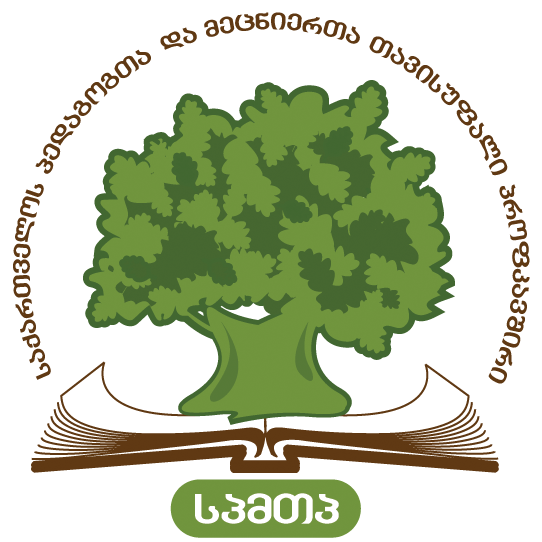The members of the ESFTUG delegation visited six gymnasiums in Denmark. Among them were adult learning centers in different towns and villages. They were introduced to school life and were observing lessons. They had interesting interactions with their Danish colleagues and students. School administration officials were very enthusiastic about the current school processes.
From the notes of the participating teachers: Lika Chxaidze Jaba Labadze Azniv Kirakosyan Murad Eminov Natia Gabroshvili Ekaterine Chelidze
“Along with the excellent equipment and environmental conditions, the discipline of the students has caught our attention. The collaboration between teachers, students and administration is also remarkable… ”
“At first, it was unpleasant for me to see students sitting with their feet on desks or lying in a foyer, eating during a lesson, going in and out of school, but I soon remembered the saying - school is my second home! Students are tense with us because of many prohibitions.”
“In accordance with the requirements of the 21st century, schools mainly use computer technologies, electronic journals and libraries. Students are not overwhelmed with homework. ”
“The lesson lasts 90 minutes, and the bell is almost ignored, the students work in groups, in pairs, the teacher leaves no group unattended and facilitates them. There is a little break between the two lessons. Up to three subjects are taught per day, so it takes less time to complete homework (a high school student spends about 2 hours.). There is usually no bell. Only in one school there was a short, musical bell (three or four notes).”
"Teachers have a work environment designed to help them leave all their domestic issues home and to accomplish their student-centered teaching tasks perfectly..."
We attended a history lesson at “Vejen Gymnasium”, where the students presented the main methods used for teaching history. I liked “mapping a text” which involves drawing a map on a blackboard according to the material being read. Also interesting was the grouping of photos, for example: by the type of temples, this only happens on national exams in Georgia, but our schools don’t pay attention to using it in everyday teaching. I was familiar with the extensions of writing and the most important historical game: four benches (with 5, 4, 3 and 2 points) where questions and scores accumulated through speed. The boys in the class have come up with ways to work on the source, which I would say was not new to my practice. "
“The student develops the ability to apply the knowledge in practice. Being a facilitator, the teacher gets involved in the lesson as needed, so he/she has free time online to write about what is happening in the classroom at the moment, for example: teamwork, groups working on a particular topic, or presenting, or discussing this or that on the subject. Leadership has the ability to verify the plan and the lesson at all times. "
“We asked about the evaluation system. They mostly use formative assessments, and summative assessment is used only three times a year. The grading system includes seven points (-2, 0, 2, 4, 7, 9, 12).
In Denmark after the ninth grade, 51% of students continue to high school, and 49% of them stop and decide which way to go; continue to pursue higher education or the vocational.
“As is typical for Danish architecture, schools have two or three floors. The people are trying to stay in motion, so they mostly take the stairs, but there is also an elevator in every school. "
The classrooms are large, bright, with averaging 25-28 students. A separate topic is the school workspace. It is usually large, foyer or room, equipped with various furniture (soft sofas and armchairs, tables and chairs) for group and individual work.
There are also workspaces for students. Everyone has their own space, locker. There are shelves in the corridors where the teacher can leave the book or other material to the students. There are also so-called small meeting rooms in the schools where the teacher speaks individually with the student, if needed at a pre-agreed time.
The teacher needs 0.5 to 1.5 hour to prepare for each lesson (it takes a long time to prepare for the practical tasks.). The teacher will work until retirement.
Higher education schools and gymnasiums offer adult education courses (up to two years) , many of the students are immigrants preparing for a better life. E.g. studying Danish.
In addition to the classes, students are involved in different extracurricular (Music, sports...). Healthy lifestyle, proper nutrition and physical activity are one among the most important parts of the Danes lives.
September 21, 2019.



